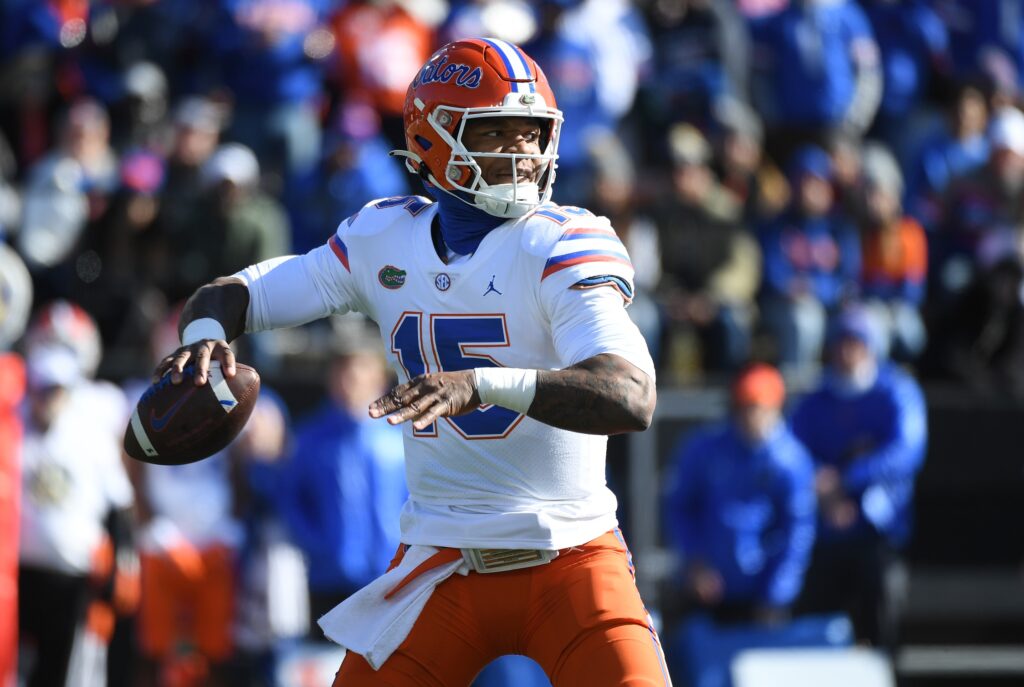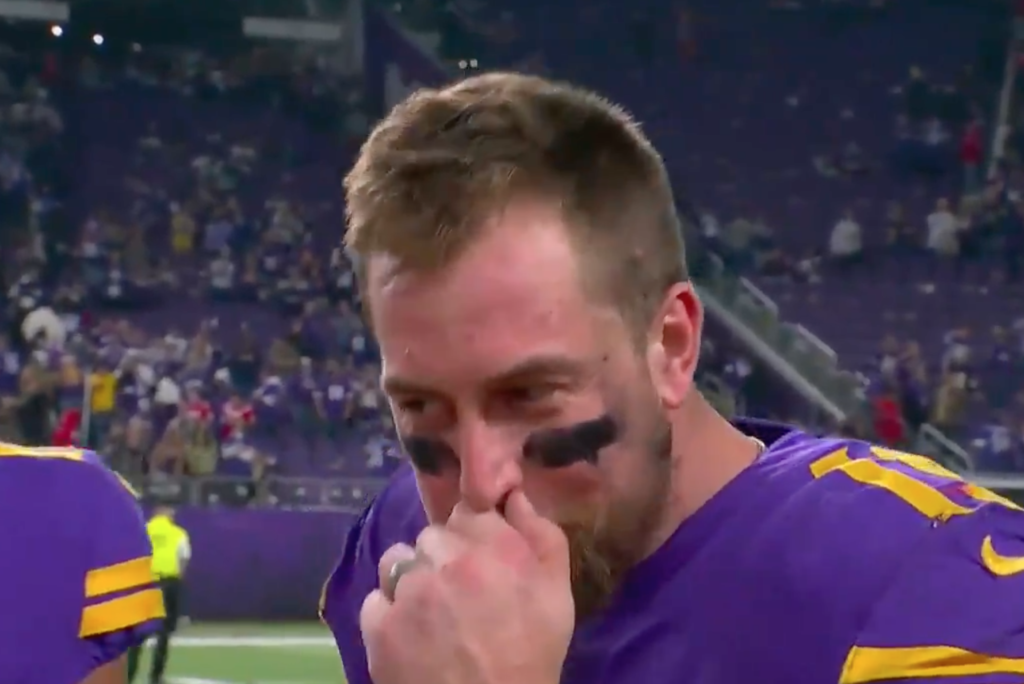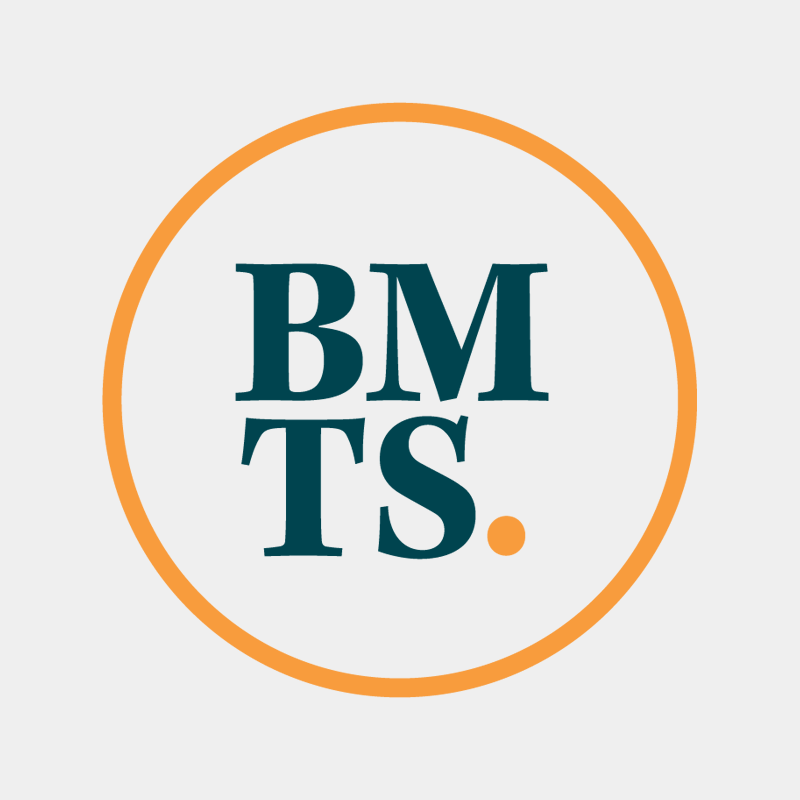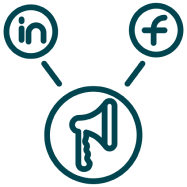With days before the NFL Draft, you could argue that the Minnesota Vikings are heading into their most important draft in franchise history.
The Vikings are coming off a 13-win season but they have major questions to answer if they want that success to be sustainable. With Kirk Cousins entering the final year of his contract and several veterans off the roster, the Vikings have one eye on the present and another on the future.
This leaves the Vikings with several options for what they want to do with the 23rd overall pick in the draft and it could lead to a wild weekend that will determine the future of the franchise.
Stay at No. 23
The most basic option for the Vikings is to wait their turn and take the best player available. In this scenario, it’s likely the Vikings would want to take a position that fills a need and the most popular position would be cornerback.
This year’s cornerback class has some strong names with Illinois’ Devon Witherspoon, Oregon’s Christian Gonzalez and Penn State’s Joey Porter Jr. leading the way but those prospects are unlikely to fall to No. 23 leading the Vikings to take a flier on Maryland’s Deonte Banks, South Carolina’s Cam Smith or Mississippi State’s Emmanuel Forbes.
Receiver is another possibility as the Vikings have met with Ohio State’s Jaxon Smith-Njigba, TCU’s Quentin Johnston and USC’s Jordan Addison, but the one scenario that’s on everyone’s minds is if they take a quarterback.
It is highly unlikely that one of the top prospects including Alabama’s Bryce Young, Ohio State’s C.J. Stroud, Florida’s Anthony Richardson and Kentucky’s Will Levis will be available at No. 23 but a popular pick is Tennessee quarterback Hendon Hooker.
Hooker has drawn rave reviews thanks to his arm and mental makeup but is also 25 years old and coming off a torn ACL. The Vikings could reach for Hooker if they truly feel he can be a starting quarterback but it could give fans PTSD after reaching for another questionable first-round pick in 2011.
Trade up for a quarterback
The Vikings could trade up for a top cornerback or receiver in this class, but let’s be honest. If the Vikings trade up, it’s going to be for a quarterback.
Minnesota has reportedly done plenty of homework on this year’s class and the Vikings have talked openly about finding the right quarterback to succeed Cousins. While Cousins has one year left on his deal, it doesn’t appear that an extension is imminent and the Vikings could be more apt to take a quarterback when they don’t need to take one.
This was the case back in 1999 when the Vikings used a first-round pick acquired in a trade that sent Brad Johnson to Washington to select Daunte Culpepper. Although there were other needs on the roster, Dennis Green found his quarterback after years of using Jim McMahon, Warren Moon and Randall Cunningham and found the opportunity to strike.
Although it’s possible, it’s unclear who the Vikings would see as that quarterback. Young and Stroud figure to go in the top 10 of the draft while the Vikings met with Richardson and Levis at the scouting combine.
No matter who the Vikings take, it would be the first quarterback selected by the Vikings in the first round since Teddy Bridgewater in 2014. Trading up would definitely signal the end of the Cousins era and give Kevin O’Connell his chance to mold a young signal caller.
Trade back for more picks
The issue with the Vikings trading up is that they only have five selections in this year’s draft. With several holes on the roster and little salary cap room, the Vikings’ best way to solve their problems is to trade back and acquire more draft capital.
While the Vikings could trade Dalvin Cook, Za’Darius Smith and Danielle Hunter to make up for this, they might get more value trading back. In last year’s draft, the Vikings traded down 20 spots from No. 12 to No. 32 to select Lewis Cine and traded down from the 34th overall pick acquired from a trade with the Detroit Lions to select Andrew Booth Jr. and Ed Ingram.
The Vikings thought process was to hit “the sweet spot” of the draft and take as many swings as possible. This process also landed the 66th overall pick which was used to select Brian Asamoah, who is projected to be a starting linebacker for the Vikings this season.
Although the Vikings have to be careful not to trade too far back, it could be the path they take to draft Hooker.
Although Hooker is regarded as a fringe first-round pick, the Vikings could trade down and back into the first round in order to get the fifth-year option on Hooker’s contract. The Vikings used a similar strategy to select Bridgewater in 2014 after selecting Anthony Barr ninth overall and it could allow them to have the best of both worlds.









